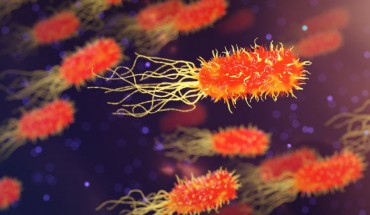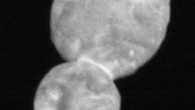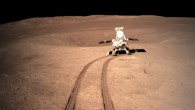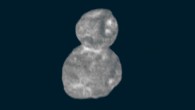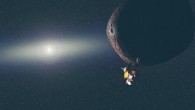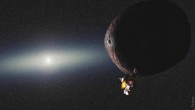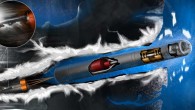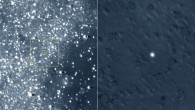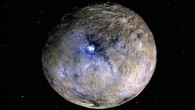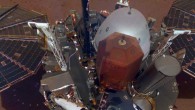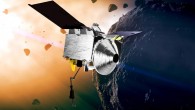A team of scientists from Northwestern University and NASA’s Johnson Space Center has found that — despite its seemingly harsh conditions — the International Space Station (ISS) is not causing bacteria to mutate into dangerous superbugs. While the researchers found that the ISS bacteria did contain different genes than their Earth-based counterparts, those genes did not make the bacteria more detrimental to human health. The ISS bacteria...

